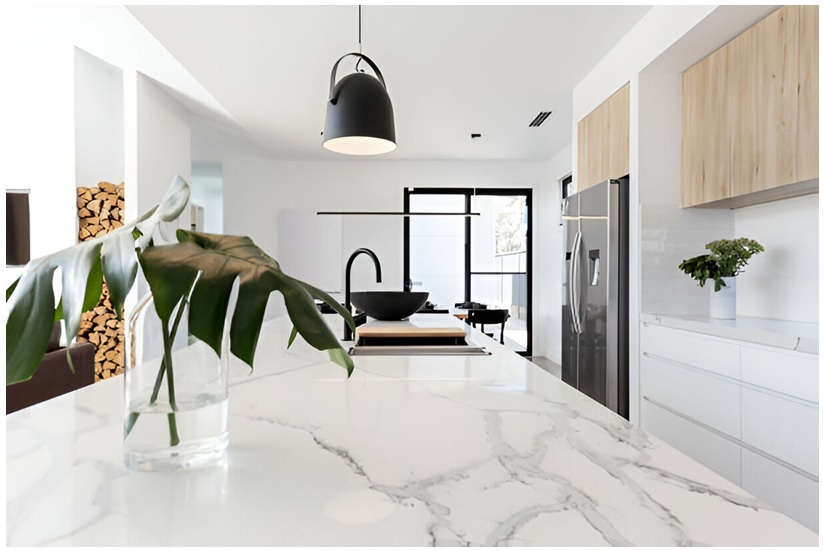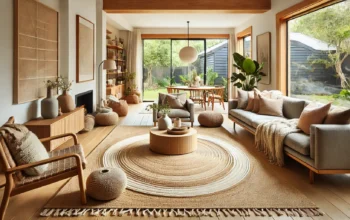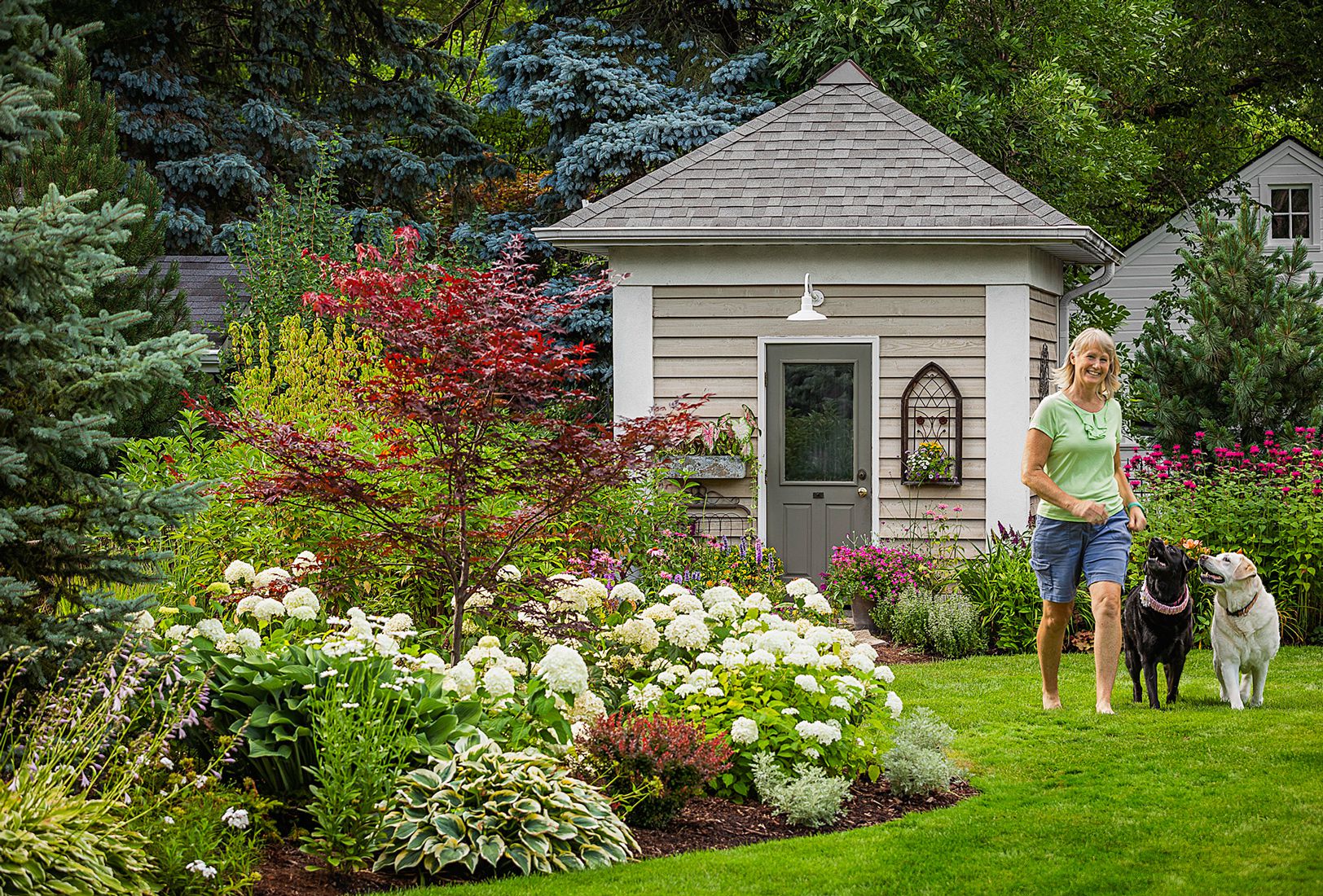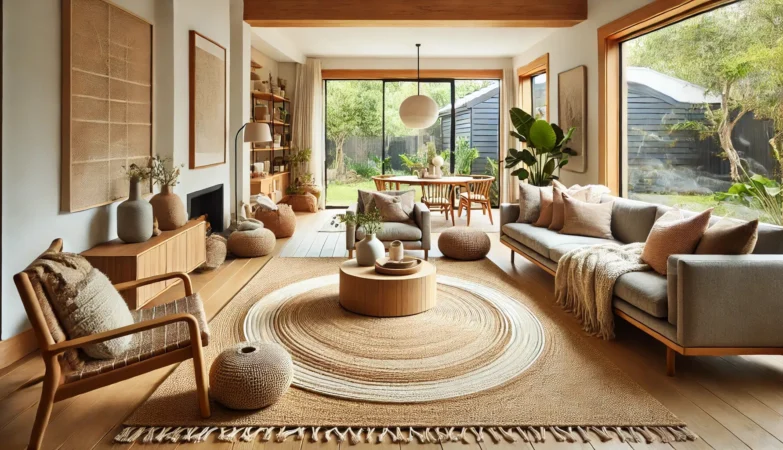Marble has long been one of the most revered materials in the world, used throughout history for a plethora of purposes – from grand statues to epic architectural feats. However, one use of marble that has grown steadily in popularity over the years is its application in interior design, specifically in the creation of marble benchtops. These sleek, luxurious surfaces bring a touch of elegance and timeless appeal to any interior space, becoming a key feature in many homes. This blog post will provide a comprehensive view of the evolution of marble benchtops, their importance in the field of interior design, and a speculative look at where these surfaces may be headed in the future.
Historical Use of Marble in Design
The use of marble in design dates to ancient times, with the Greeks and Romans being the first to sculpt this durable yet beautiful stone for building and artistic purposes. From iconic structures such as the Parthenon to the sculptures of Michelangelo, marble’s legacy is truly historic, and its alluring aesthetic appeal remains unrivalled. The integration of marble benchtops became prevalent in the 19th century when, in their quest for luxury and opulence, aristocrats began to introduce marble surfaces into their kitchens. This trend has carried over into the 21st century, with an increasing number of homeowners choosing marble for their benchtops due to its unique blend of practicality and beauty.
Types of Marble Benchtops
Marble benchtops come in an array of varieties, each with its unique appearance and functionality. Carrara marble, known for its blue-grey or white tint and unobtrusive veining, is one of the most common alternatives due to its strength and reasonableness. Calacatta marble is a more lavish alternative, with striking veining and a particular brightness that makes any space exciting. Emperador marble, with its distinctive brown shading, brings warmth and richness to spaces while Crema Marfil, with its warm, creamy tones, offers a subtle, understated elegance. Each type has its pros and cons. While Carrara is cost-effective and versatile, Calacatta’s distinct veining makes it more susceptible to staining. It’s essential to choose a marble that seamlessly aligns with your personal style and the overall aesthetic of your space.
The Role of Marble in Modern Design
In today’s interior design landscape, marble benchtops have emerged as a symbol of luxury, elegance, and timeless beauty. They have gotten to be progressively prevalent in present day kitchens and lavatories due to their special, characteristic aesthetics and long-lasting toughness. The modern variant of marble benchtops tends to lean towards minimalist design, with designers opting for sleek lines, monochromatic schemes and discrete veining. This allows the marble to act as both a statement piece and a vital part of a harmonious, holistic design. Marble’s adaptability allows it to merge seamlessly with different design styles, whether you’re aiming for a traditional vibe, a modern minimalist aesthetic or a blend of both.
Caring for Marble Benchtops
Marble, although hardy, requires consistent care to maintain its lustre and longevity. Primarily, keep the surface clean. Any spills should be promptly wiped up to avoid permanent staining, particularly with acidic substances like wine or lemon juice which can etch the marble. Regularly sealing your marble benchtops can significantly extend their lifespan and maintain their shine. For cleaning, avoid using harsh chemicals; instead opt for pH-neutral cleaning solutions or simple soap and water. With these steps, you can ensure your marble benchtop retains its stunning appearance for years to come.
Conclusion
The world of marble benchtops is ever evolving, tying together historical appreciation and modern design principles. Whether you’re captivated by the refined elegance of Carrara or the bold drama of Calacatta marble, there’s a marble benchtop for every aesthetic. As the trends continue to develop, adopting eco-friendly practices and merging marble with other materials will be key drivers in the future of marble benchtop design.











